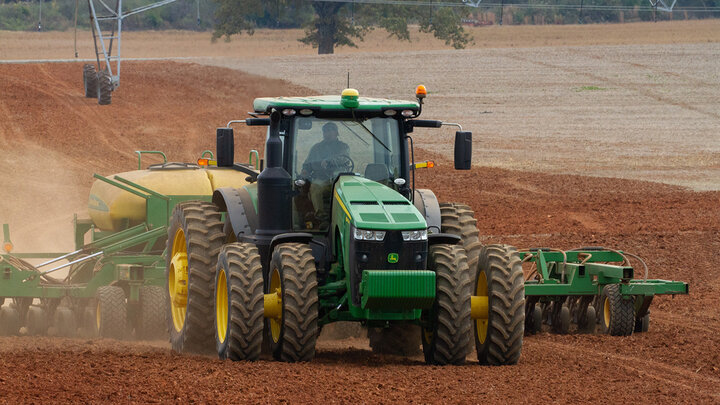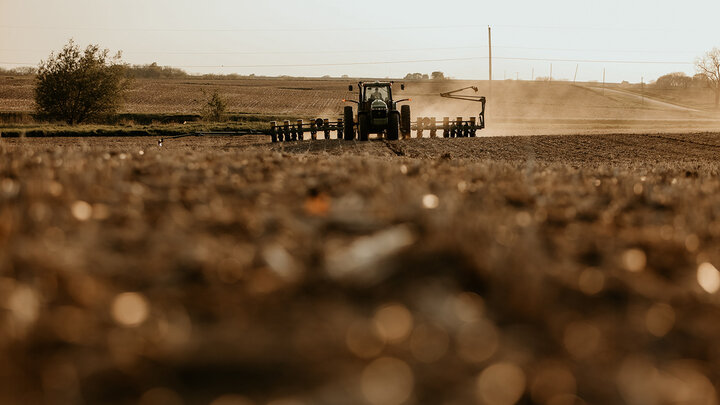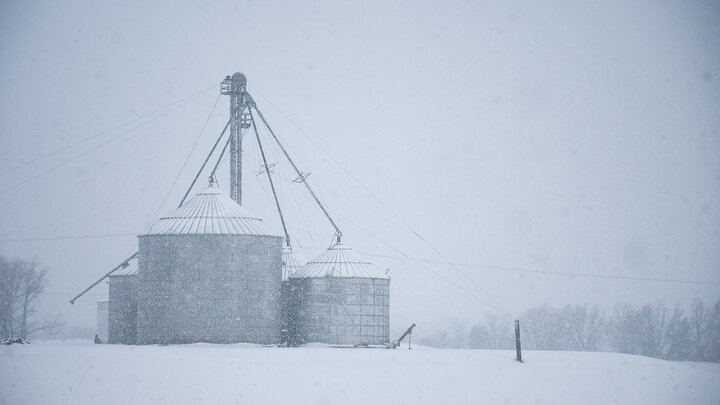As Nebraska producers prepare for another growing season shaped by high input costs, weather volatility, and evolving land use decisions, the Center for Agricultural Profitability’s spring Land Management Quarterly webinar on May 19 delivered timely insights into the state’s agricultural real estate market and leasing considerations.
Hosted by agricultural economists Jim Jansen and Anastasia Meyer, the webinar highlighted early findings from the 2025 Nebraska Farm Real Estate Market Survey, shared flexible lease strategies in response to uncertain crop prices and yields, and emphasized the critical role of communication in landlord-tenant relationships.
Cash Rent Rates Ease Slightly as Profitability Tightens
Jansen opened the webinar with a look at statewide trends in cash rental rates and land values, noting a slight decrease in cropland rents for 2025, the first such dip in recent years.
“We’re seeing rates come down just a bit, likely a reflection of softer commodity prices and tighter profit margins,” Jansen said. “Corn and soybean prices have fallen compared to last year, and input costs remain elevated. That’s putting pressure on profitability.”
Preliminary estimates from the annual survey showed variability across regions and land types, with the eastern third of the state still commanding stronger rents due to higher rainfall and yield potential. Irrigated land rates were also under scrutiny, especially where water access is limited or restricted.
Jansen also outlined how drought conditions, visible across much of Nebraska in the most recent U.S. Drought Monitor, are likely to influence grazing land decisions and rent negotiations. He recommended that producers consider stocking rates carefully and proactively address these risks with landlords.
Flexibility in Lease Terms: A Tool for Navigating Uncertainty
To help producers and landowners respond to changing conditions, Jansen walked through flexible lease models—agreements that adjust cash rent payments based on yields or commodity prices within pre-agreed thresholds.
“Flexible leases allow both parties to share in the upside or downside of a given season,” he said, presenting scenarios using corn and cattle prices to show how payments can be adjusted fairly based on actual market outcomes.
Meyer expanded on this by discussing what tenants and landowners should be talking about heading into the growing season, urging both parties to go beyond rent checks and weed control and open lines of communication about economic realities, weather challenges, and management expectations.
“Don’t assume the other party knows what’s happening on the land,” Meyer said. “Ask about rainfall, weed pressure, or any changes in farm practices. Small conversations now can prevent big misunderstandings later.”
Lease Adjustments and the Value of Written Agreements
Meyer also discussed how to assess whether lease adjustments are warranted, particularly in cash rent situations. Using examples, she illustrated how rental rates as a percentage of gross revenue can serve as a guide. With some leases now exceeding 40% of gross revenue, the need to revisit terms is growing, she said.
She also stressed the importance of written leases, especially as more farmland changes hands or is inherited by owners with less direct agricultural experience. Written agreements provide clarity around responsibilities, expectations, and contingencies for drought, hail, or fire.
“Gone are the days when a handshake was enough,” Meyer said. “Having terms in writing can save a lot of stress and confusion.”
New Crop Share Survey Launched
The webinar concluded with the launch of a new statewide Crop Share Survey, designed to better understand regional norms and help producers and landowners benchmark their lease structures. Responses will remain anonymous and will help inform educational programming and tools.
More information about Agricultural Land Management Webinars, including a form to submit questions for the next one on Aug. 18, 2025, is available at https://cap.unl.edu/landmanagement.
Webinar Recording
Watch on YouTube




